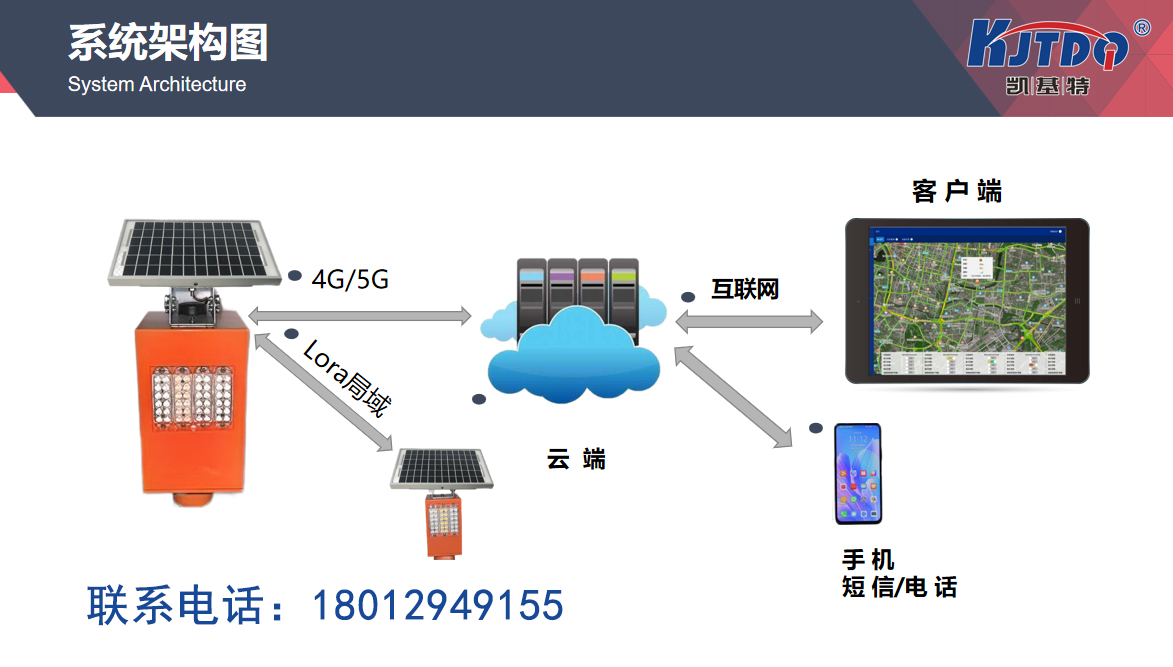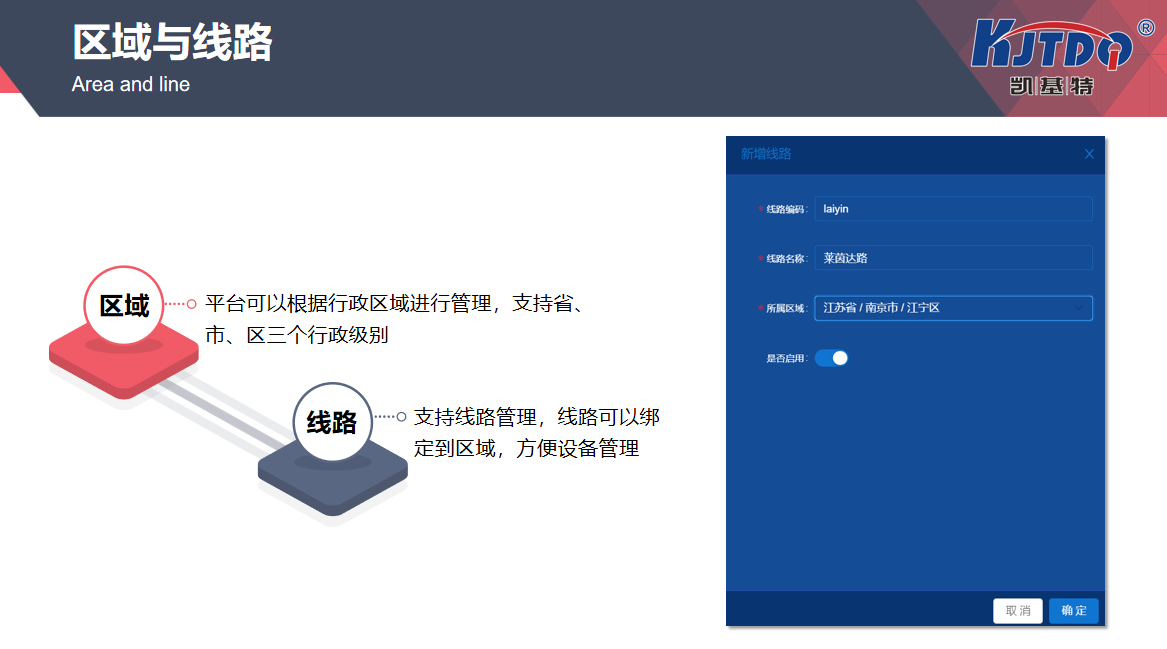In modern transportation systems, road safety is an important issue that cannot be ignored. With the increase of traffic flow and the complexity of road usage environment, traditional safety management methods are no longer able to meet the increasingly severe safety needs. In order to solve this problem, the real-time warning system for road safety has emerged, providing us with a brand new solution. This system can not only monitor road conditions in real-time, but also issue warnings before potential dangers arise, providing strong protection for public travel safety.

The core of the real-time warning system for road safety lies in real-time monitoring and warning. It continuously tracks various types of road data, including traffic flow, weather conditions, road conditions, etc., through advanced sensors and data processing technology. After these data are transmitted to the central control system, they can be intelligently analyzed and processed to promptly identify potential safety hazards, such as road icing, traffic congestion, accidents, etc. The system will immediately issue warning messages when abnormal situations are detected, notify drivers and relevant departments through various channels, and help them quickly take measures to prevent accidents or mitigate the consequences of accidents.
In practical applications, the real-time warning system for road safety has demonstrated its enormous advantages. For example, when the system detects that a certain section of road is frozen due to snowfall, it will issue a warning in a timely manner, prompting the driver to slow down or adjust the traffic signal to avoid slipping and traffic accidents. For example, when the system detects an abnormal increase in traffic flow that may lead to congestion or accidents, it will automatically adjust traffic signals, optimize traffic flow, and reduce congestion. These intelligent operations not only improve the safety of road use, but also enhance traffic efficiency.
The technical characteristics of the real-time warning system for road safety are also worth paying attention to. Modern systems are typically equipped with various types of sensors, such as weather sensors, video surveillance cameras, radar detectors, etc. These sensors can comprehensively monitor road conditions from different angles and dimensions. By integrating and analyzing these data, the system can provide more accurate and comprehensive security warnings. In addition, the system can also be linked with the traffic management system to achieve automated traffic control and scheduling, further improving road safety and traffic efficiency.
In addition, the intelligence and automation level of the real-time warning system for road safety is also one of its significant features. The system integrates advanced artificial intelligence technology to automatically analyze data, identify risks, and generate warning information. This intelligent operation not only reduces the need for human intervention, but also improves the system's response speed and accuracy. At the same time, the system can transmit warning information in real time to various terminals such as in car devices, mobile applications, etc. through the cloud platform, ensuring that the information can be promptly conveyed to all relevant personnel.
However, despite the many advantages of real-time road safety warning systems, they still face some challenges in practical applications. Firstly, there is the issue of equipment cost. The investment in high-precision sensors and intelligent analysis systems is relatively large, which may cause economic burden for some regions and units. Secondly, the maintenance and management of the system is also an issue that cannot be ignored. The equipment needs regular maintenance and updates to ensure its normal operation. Finally, the data security and privacy protection of the system also need to be taken seriously to ensure that personal information is not leaked or abused.
Overall, the real-time warning system for road safety provides strong support for modern traffic management. It can not only monitor road conditions in real-time, identify potential safety hazards, but also improve road safety and traffic efficiency through intelligent warning and automated control. Although there are some challenges in the implementation process, these issues can be addressed through technological advancements and management optimization. In the future, with the continuous development of technology and the popularization of applications, real-time road safety warning systems will provide safety guarantees for more roads and make greater contributions to the safety and development of society.

From my personal perspective, the promotion and application of real-time road safety warning systems is not only a reflection of technological progress, but also a profound commitment to public safety. We should fully recognize the important role of real-time warning systems in traffic management and actively promote their application in various types of roads. Only in this way can we ensure the safety of every road user and build a safer and more efficient transportation system when facing complex and changing traffic environments.
1. How does the real-time warning system for road safety respond to extreme weather conditions?
The ability of real-time road safety warning system to respond to extreme weather conditions is one of its key performance. The system is equipped with advanced weather sensors to monitor real-time weather changes such as rainfall, snowfall, and freezing. For situations such as snowfall and icing, the system can predict the accumulation of ice and snow on the road surface based on real-time data, and issue timely warnings, recommending drivers to slow down or adjust their driving routes. In addition, the system will also be linked with the weather forecast system to adjust warning strategies based on future weather forecasts, and carry out road maintenance work in advance, such as salt spraying and de icing or setting up temporary traffic controls, to reduce the impact of extreme weather on road safety. Through these measures, the system can effectively reduce traffic accidents and obstacles caused by adverse weather conditions, and improve the safety and traffic capacity of roads.
2. How to control the false alarm rate of real-time road safety warning system?
Controlling the false alarm rate is an important aspect of ensuring the effectiveness of real-time warning systems for road safety. System false positives often stem from anomalies in sensor data, misunderstandings of environmental changes, or limitations in algorithms. In order to reduce false alarms, the system will take multiple measures in design and operation. Firstly, by using high-quality sensors and equipment, the accuracy of data collection is ensured, reducing false alarms caused by equipment failures or data errors. Secondly, the system uses a multi-level data analysis and processing mechanism to cross verify data from different sensors to improve the accuracy of early warning. In addition, continuous optimization of algorithms is also crucial, reducing false positives generated by algorithms by learning and adapting to constantly changing road and weather conditions. The system will continuously adjust the warning threshold and algorithm parameters based on actual feedback to further reduce the false alarm rate.
3. How to ensure the data security of the real-time warning system for road safety?
Ensuring data security is an important task in the operation of real-time road safety warning systems. The system involves a large amount of traffic and road data, which is not only crucial for traffic management, but also involves personal privacy. In order to protect data security, the system usually takes the following measures: firstly, encryption technology is used during data transmission to ensure the security of the data during transmission and prevent illegal interception or tampering. Secondly, the database and server of the system will undergo security settings to restrict access to data, and only authorized personnel can access and process data. In addition, the system will conduct regular security audits and vulnerability scans to discover and patch potential security vulnerabilities. Data backup and recovery mechanisms are also important means of protecting data security, ensuring rapid recovery in the event of data loss or damage.